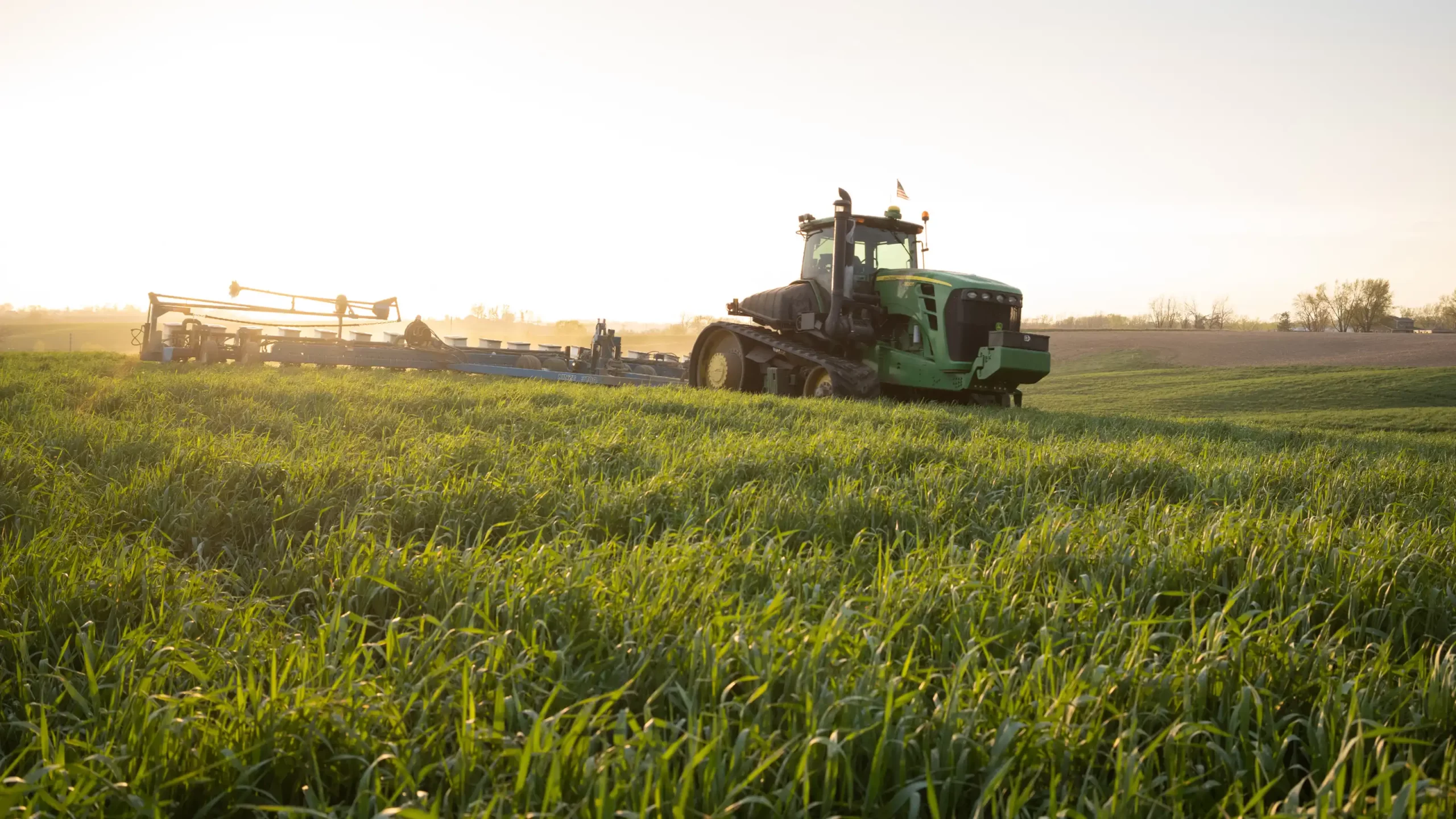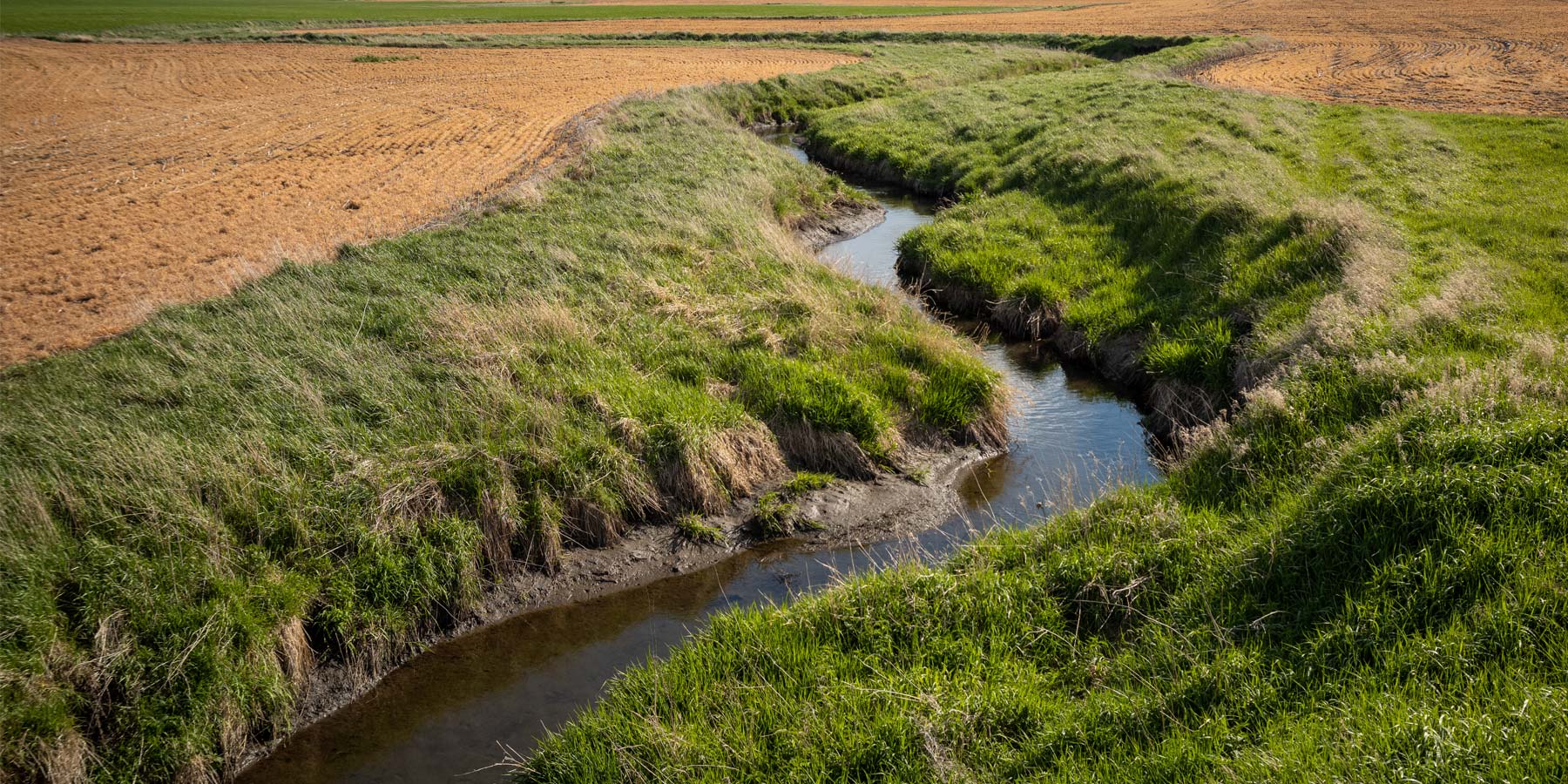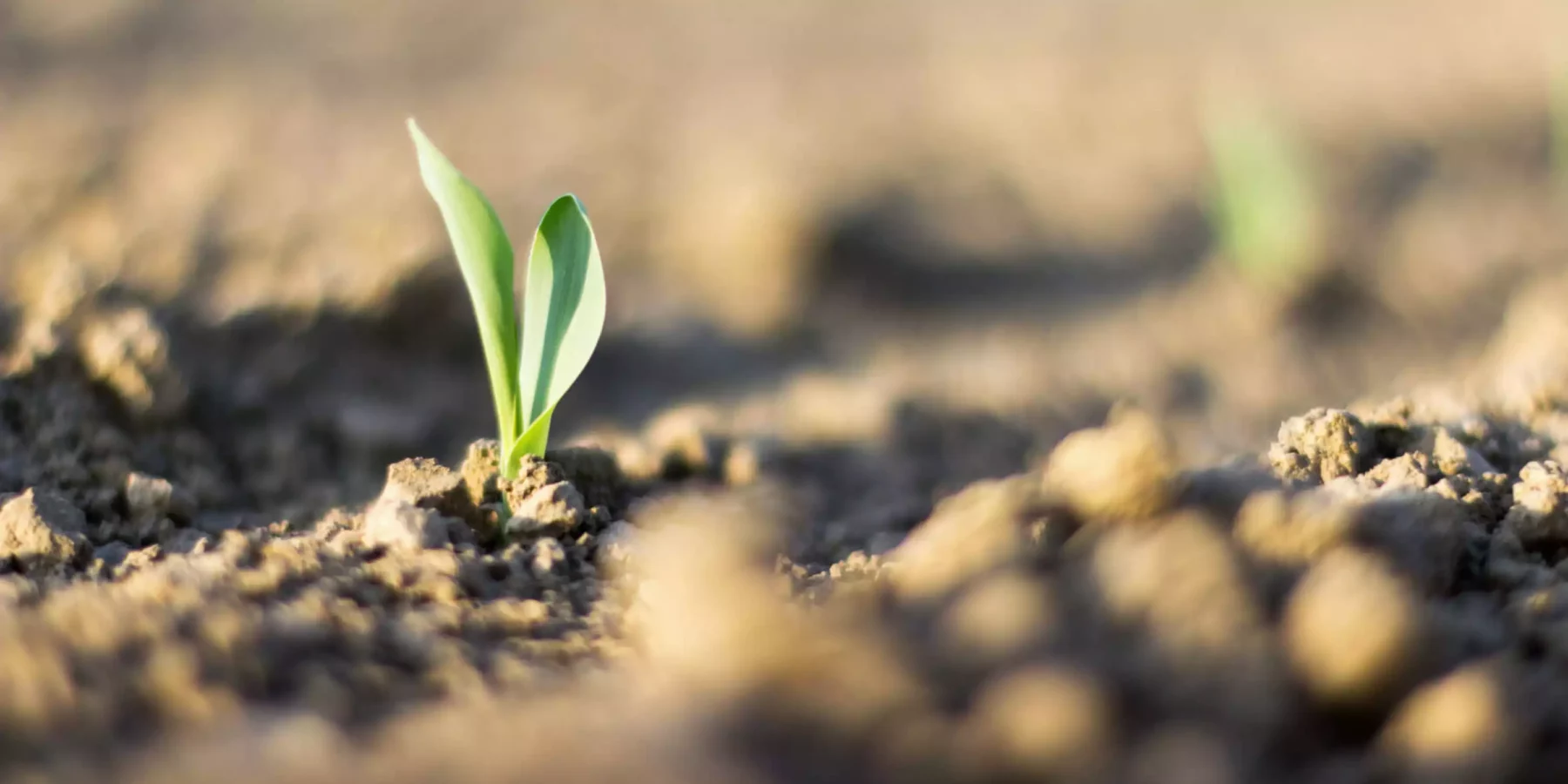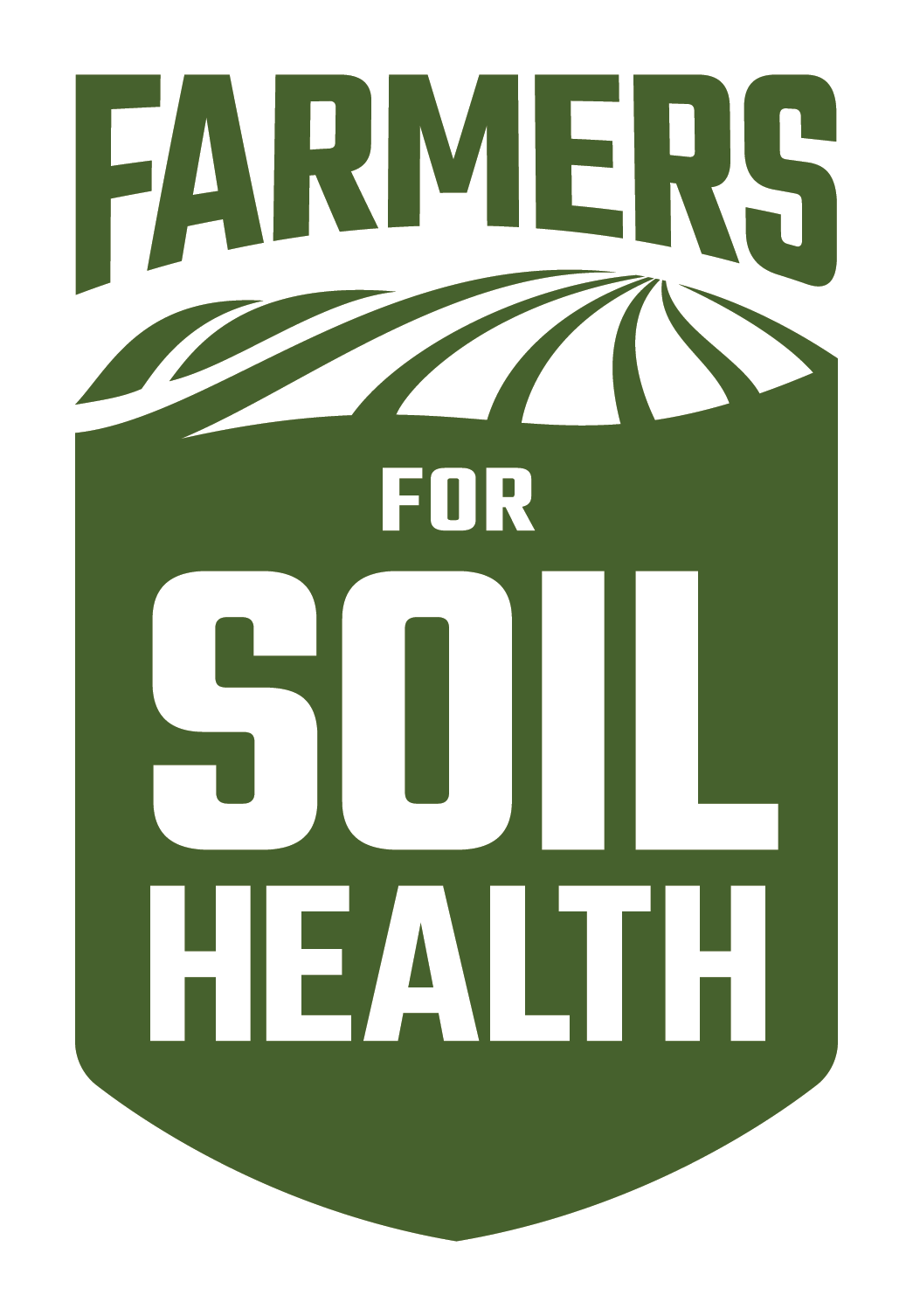

Farmers for Soil Health

About Farmers for Soil Health
Our farmer-led partnership advances soil health practices like cover crops to meet sustainability and profitability goals.
By working together, the Soy Checkoff, Pork Checkoff and National Corn Growers Association want to continually reaffirm the U.S. corn and soybean value chain as a trusted leader in being environmentally sound, socially responsible and economically viable.
We’re proud to support efforts to be better stewards of the land and improve the environmental footprint and efficiency of our customers’ products.
Cover Crops and Their Benefits
Planting cover crops reaps many agronomic and conservation benefits, according to the Natural Resources Conservation Service. Learn how their value outweighs the challenges of incorporating them into your system.

Featured
Cover Crop Benefits Clearer in Drought and Wet Years
North Dakota farmer Joe Breker says the tandem of cover crops and no-tilling make soils more resilient in good times and bad, deluge or drought.
Tools & Resources
Find resources to help plan cover crop introduction on your farm.
